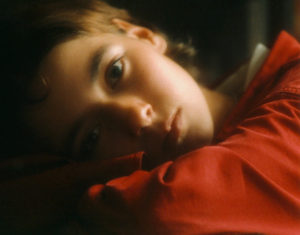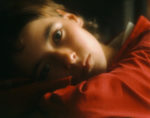I found a delightful book of verse in a quite indirect way. A 13 years old poetess who celebrated the 7th birthday of a little girl led, through an artist who photographed and painted girls aged between 8 and 12, to a poet who loved girls aged 16. CONTINUE READING / CONTINUER LA LECTURE…
Category: English
Curious Child, by Prince
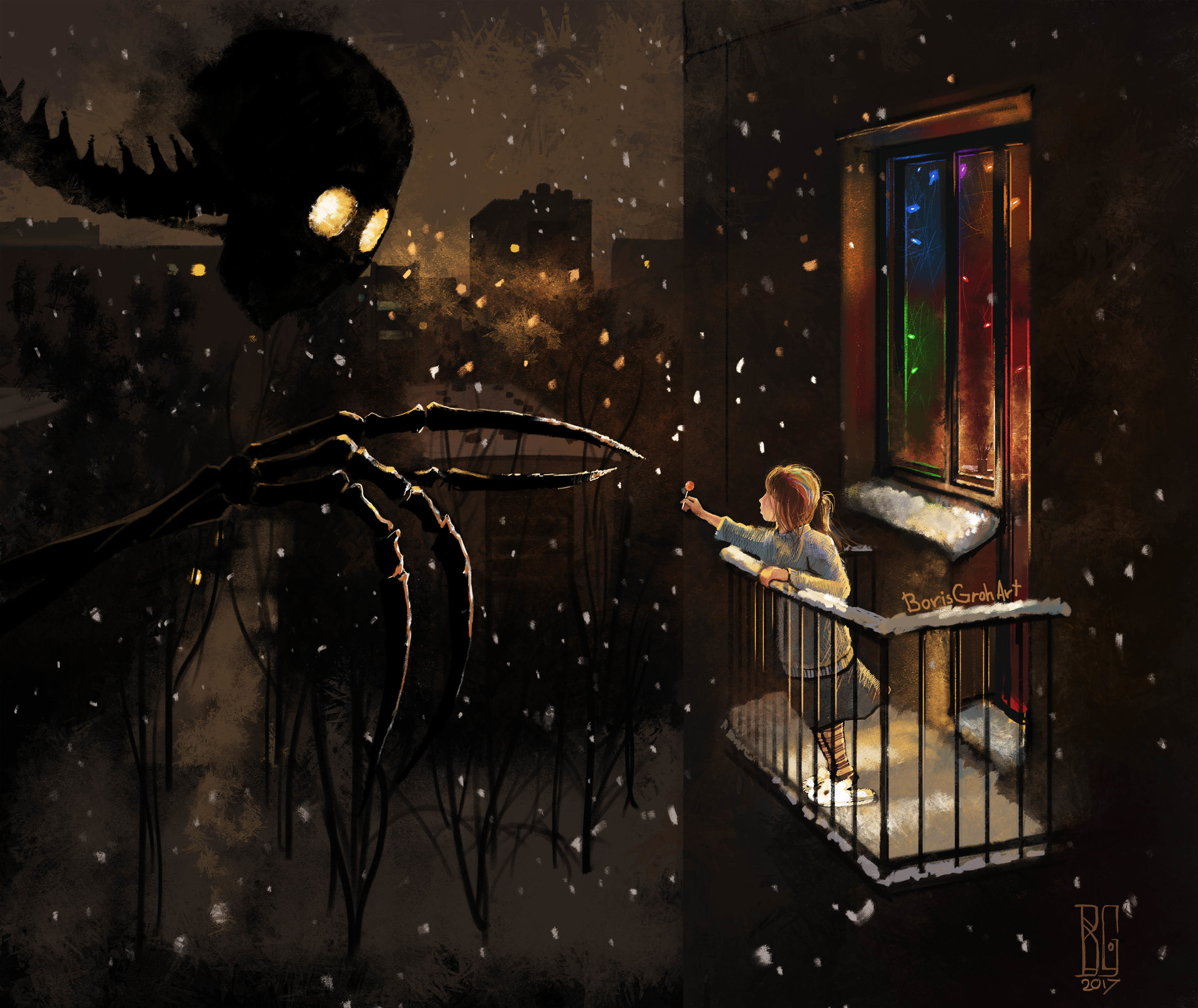
Prince Rogers Nelson (b. June 7, 1958; d. April 21, 2016), known as Prince, was an American artist with multiple talents: singer, songwriter, guitar virtuoso, record producer, dancer, actor, and filmmaker. In some way he represented a dark counterpart of Michael Jackson, and indeed these two contemporary musicians were often rivals.
His 14th studio album (released on October 13, 1992) was titled by a personal “Love Symbol,” and it became his identity, he used it as stage name from June 7, 1993 to May 13, 2000. CONTINUE READING / CONTINUER LA LECTURE…
Dreams of a lonely lighthouse
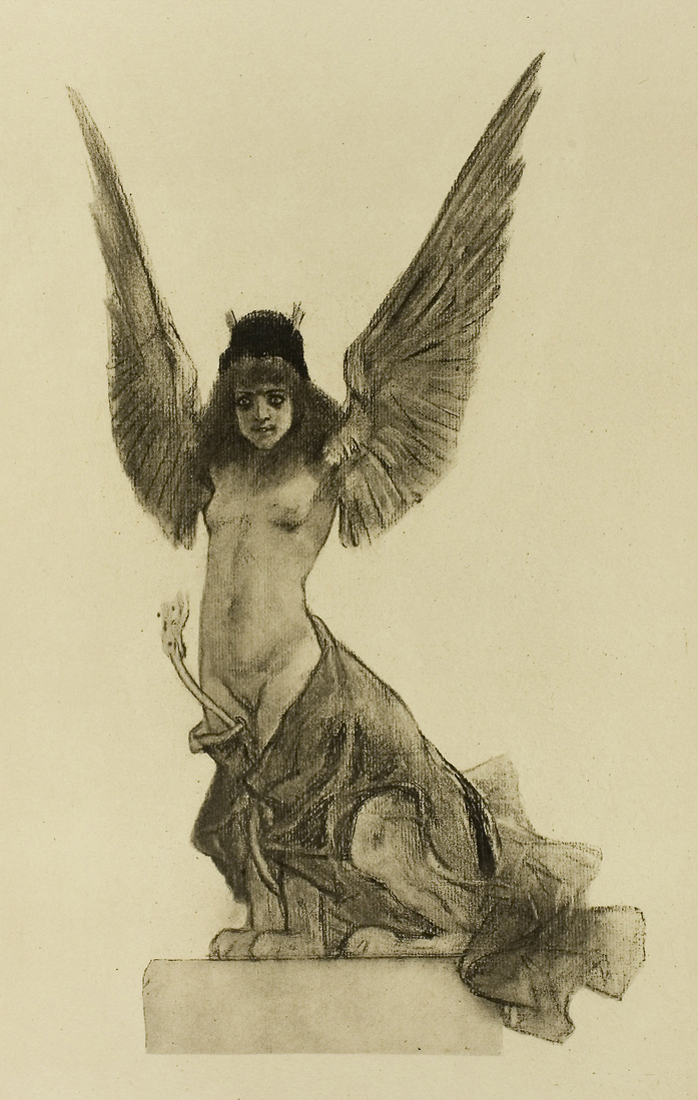
Under lockdown, many people lived through Internet, physically separated from the outer world, and regular readers of this blog were probably more assiduous in their visits, waiting eagerly for the next post scheduled three days after the preceding one. Accordingly, floating in a virtual world, I spent much time searching the Web and preparing new posts.
Meanwhile, for many, love, deprived from physical contact, living at distance, became an ideality, filling dreams and desires.
My Love and I took hands and swore,
Against the world, to be
Poets and lovers evermore,
To laugh and dream on Lethe’s shore.— Michael Field (Katharine Bradley and Edith Cooper), “It was deep April, and the morn,” in Underneath the Bough (1893)
Poets and Lovers exists since one year and a half, it was born privately on March 17, 2019, becoming public on the 20th. This its 218th post. CONTINUE READING / CONTINUER LA LECTURE…
No good work of love goes unrewarded with blood libel
Does our epoch love children? All children? Official opinion will answer “yes,” but we can look behind this façade. Rather than love for real children, it is rather a worship for an idealised image of childhood innocence. Behind it lurks a pornographic obsession with defilement and sadism. We can see this through the accusations raised by various authors against known men of the past who were known for loving children. CONTINUE READING / CONTINUER LA LECTURE…
She came and went, by James Russell Lowell
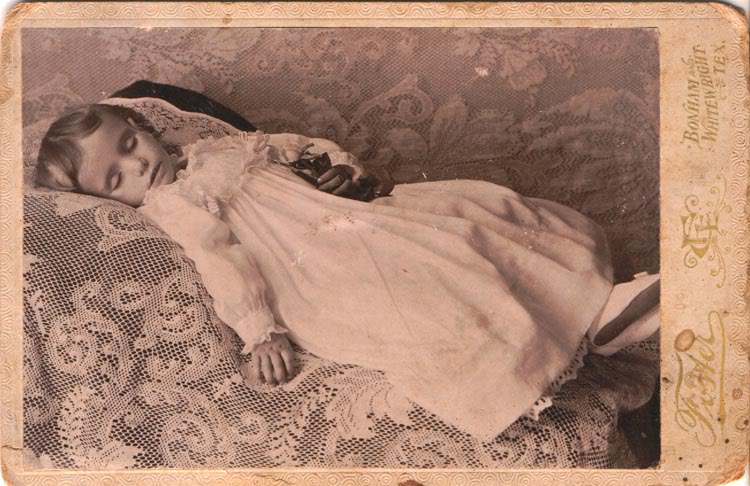
James Russell Lowell (1819–1891) was an American poet, critic, editor, and diplomat, who knew some fame through his literary criticism and satirical works. On December 26, 1844 he married Maria White, who wrote poetry and was active in the anti-slavery movement. She convinced him to join the abolitionist cause, and he devoted to it a large part of his writings. CONTINUE READING / CONTINUER LA LECTURE…
We are Seven, by William Wordsworth
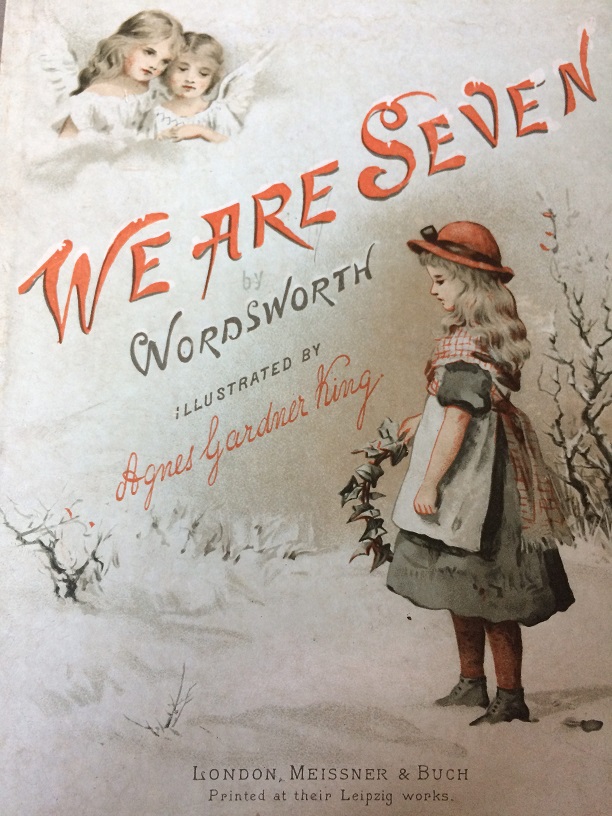
William Wordsworth (b. 7 April 1770, d. 23 April 1850) and Samuel Taylor Coleridge (b. 21 October 1772, d. 25 July 1834) are major English Romantic poets. In 1798 they published together the collection Lyrical Ballads, With a Few Other Poems, which helped to launch the Romantic Age in English literature. A well-known poem in that collection is the 10th, written by Wordsworth (except perhaps the first stanza written by Coleridge), titled “We are Seven.” CONTINUE READING / CONTINUER LA LECTURE…
Robert Louis Stevenson’s poetic rendition of Martial’s epigrams on Erotion
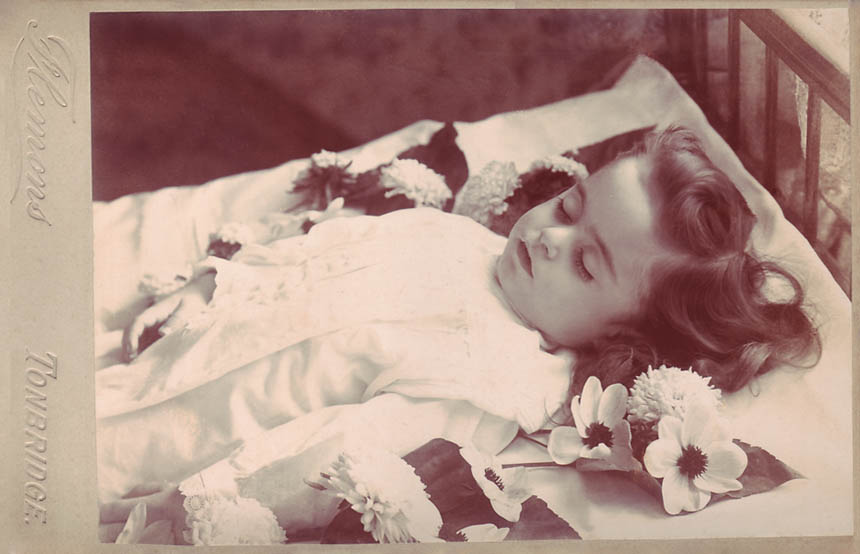
In a previous post, I presented the three epigrams by the Latin poet Martial (Marcus Valerius Martialis) devoted to Erotion, a little slave girl who died six days before her sixth birthday, and whom he loved tenderly.
The Scottish writer Robert Louis Stevenson (1850–1894) is famous for his novels, such as Treasure Island and Strange Case of Dr Jekyll and Mr Hyde, but also for his travel books. He wrote some poetry, part of which was published posthumously. In particular, he adapted the three epigrams by Martial into poems, of which he kept the manuscripts; they were published more than twenty years after his death. CONTINUE READING / CONTINUER LA LECTURE…
So Young, by The Rolling Stones
On June 9, 1978, the Rolling Stones released the album Some Girls, which reached number 1 on the Billboard 200 album chart. The band recorded the album songs, and many more, at EMI’s Pathé Marconi Studios in Paris. Some of these other songs were released later. Among them, the song “So Young” appeared in 1994 as the B-side of a Dutch single. CONTINUE READING / CONTINUER LA LECTURE…
Don’t Stand So Close To Me, by The Police
Romances between teachers and their adolescent pupils must be frequent, and indeed they are the topic of many popular songs.
The British rock band The Police released in September 1980 the song “Don’t Stand So Close To Me,” written by their lead singer Sting, as the lead single from their third album Zenyatta Mondatta. It won the 1982 Grammy Award for Best Rock Performance by a Duo or Group with Vocal. It is about the temptation of a love affair between a schoolgirl and her teacher, “This girl is half his age” and the song alludes to “That book by Nabakov” (I keep the bad spelling). Before joining The Police, Sting had previously worked as an English teacher, and he had noticed 15-year-old girls fancying him. CONTINUE READING / CONTINUER LA LECTURE…
Little Girl Blue, by Janis Joplin
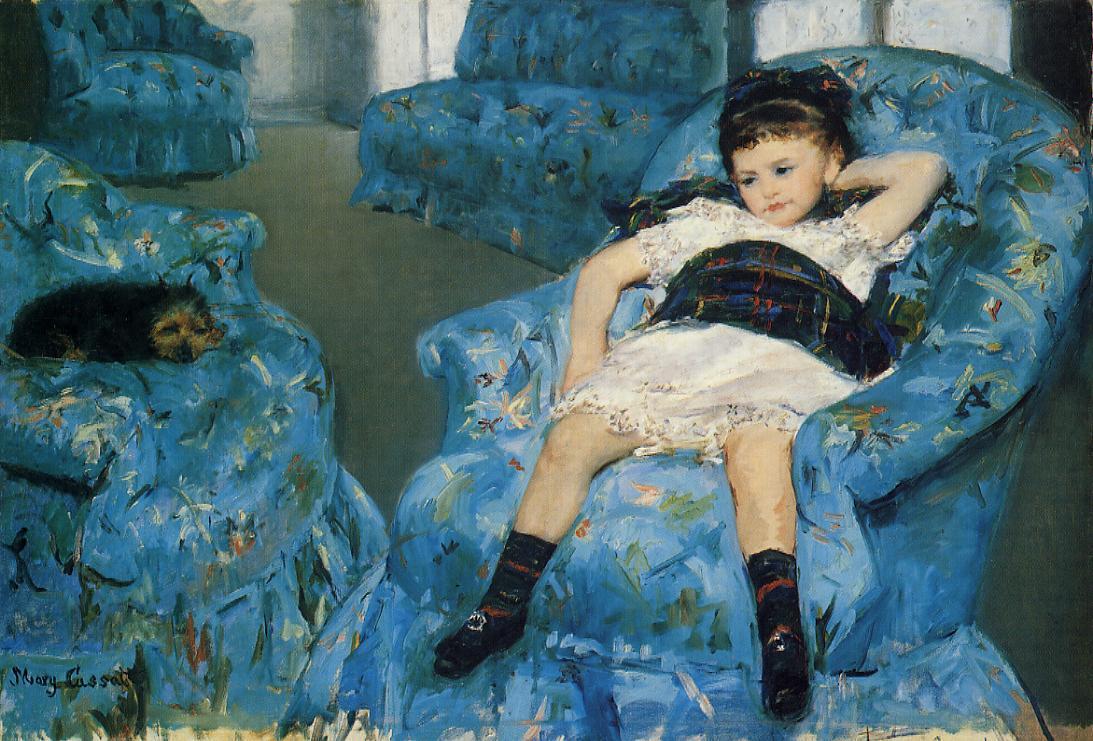
The popular song “Little Girl Blue,” with music by Richard Rodgers and lyrics by Lorenz Hart, was published in 1935 for the musical Jumbo, starring Gloria Grafton. In 1962 the musical was made into a musical film, Billy Rose’s Jumbo, starring Doris Day, who sang the song. I found two different versions of the lyrics, on the Lorenz Hart site, and on Genius. CONTINUE READING / CONTINUER LA LECTURE…
